
Jisan-dong Tumuli
Jisan-dong Tumuli
- The cemetery houses the leaders of Daegaya, a polity that emerged in the northern Gaya area after subjugating its neighboring polities in the fifth century.
- The dense clusters of high-mounded tombs constructed in a mountainous area in the center of Daegaya create a magnificent landscape symbolically demonstrating the elevated position Daegaya maintained within the Gaya Confederacy, as well as the degree to which the Gaya civilization thrived in its heyday.
General Information
- Designation: Historic Site No.79
- Construction period: 5th-6th centuries
- Property area: 84.41ha
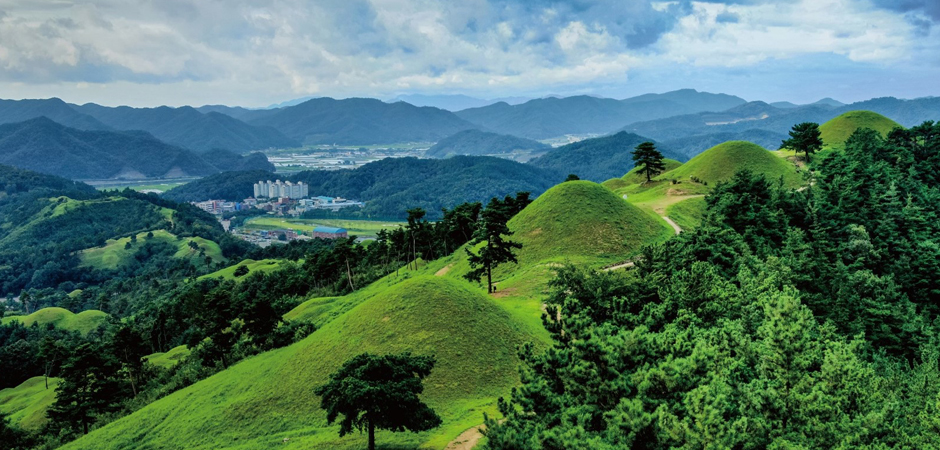
- overview
- The Jisan-dong Tumuli obtained its name from its location in the Jisan area of Goryeong County, Gyeongsangbuk-do Province. The cemetery houses the leaders of Daegaya, a polity that emerged in the northern Gaya area after subjugating its neighboring polities in the fifth century. The dense clusters of high-mounded tombs constructed in a mountainous area in the center of Daegaya create a magnificent landscape symbolically demonstrating the elevated position Daegaya maintained within the Gaya Confederacy, as well as the degree to which the Gaya civilization thrived in its heyday. The Jisan-dong cemetery is situated on a hill running along the northern border of the center of Daegaya. The 704 mounded tombs scattered from the summit in the north to the southern skirts is a remarkable number for an ancient cemetery.
Large burial mounds line the ridges of the high hills hugging the Goryeong Basin on the west. Thanks to its highly visible burial mounds, the Jisan-dong Tumuli was not forgotten after the fall of Gaya and remained solidly in the public consciousness as the center of the ancient state of Gaya. Excavations at the Jisan-dong cemetery were initiated in the early 20th century. The cemetery is evaluated as the most important for archaeological research on Gaya. The Jisan-dong Tumuli was designated a Historic Place in 1939 under Japanese colonial rule; and its designation status was changed to Historic Site in 1963 under the Cultural Heritage Protection Act.
Daegaya grew in power based on its iron reserves, rising to a position of leadership within the Gaya Confederacy in the fifth century. Stone-lined burials and then corridor-chamber tombs were constructed from the fifth through the mid-sixth century. Tomb construction at the Jisan-dong cemetery ended with the fall of Gaya.
Even after the demise of Gaya civilization, the association between Gaya and the Jisan-dong cemetery and its surroundings lived on in memory. A 19th-century geography identifies the Jisan-dong Tumuli as an ancient royal tomb cluster.
Mounded tombs began to appear at the Jisan-dong cemetery in the fifth century. Tombs with large mounds are lined up along the mountain ridges while tombs with smaller mounds are sited on the slopes. This spatial composition of tombs attests to the division of classes within the ruling class of Gaya society.
While it is usual in the Gaya area for more than one stone-lined chamber to be constructed to under a single burial mound within a given area marked by curb stones, at the Jisan-dong Tumuli this feature was developed to an extreme. Here multiple chambers can be found under a single mound, which are used for burying the tomb occupant, depositing burial goods, and interring human sacrifices. A definitive example of this is Tomb No. 44 from the second half of the fifth century: the main chamber is placed in the center of the area with two accessory chambers and thirty-two human sacrifice chambers are situated around it. The entire area was topped by a large burial mound 27 meters in diameter.
Daegaya-style pottery is represented by long-necked jars incised with wave patterns and jar pedestals decorated with snake designs. The particular style of pottery unique to Daegaya was formulated in the fifth century and began to spread to other Gaya polities from the second half of the fifth century, strengthening the cultural commonality of the Gaya Confederacy. Daegaya energetically interacted with its neighboring states. The three bronze vessels excavated from Tomb No. 44 came from Baekje; the hat decoration in the shape of wings from Tomb No. 73 was an export of Silla; and a cone-snail shell ladle from Tomb No. 44 originated in Japan.
Picture
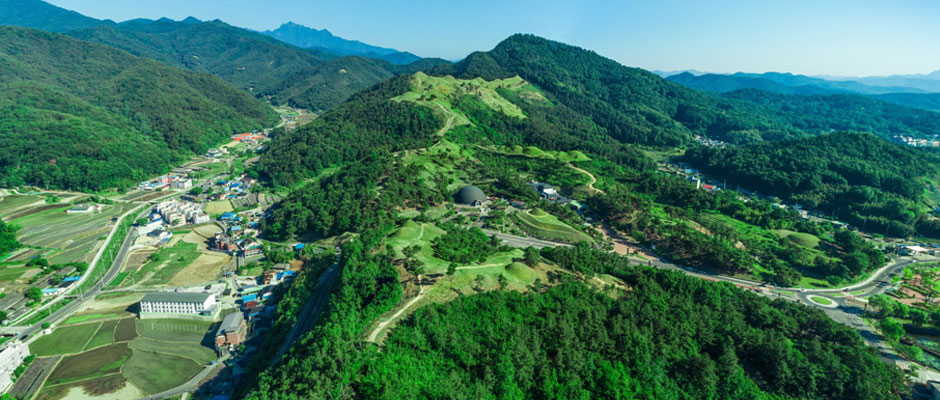
Picture1. View of Jisan-dong Tumuli, Goryeong
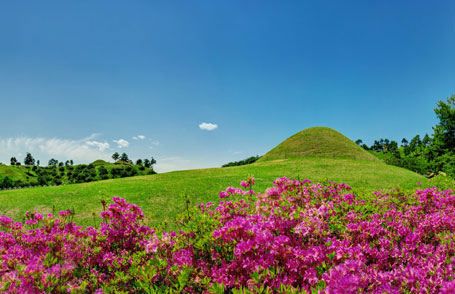
Picture2. Picture of Jisan-dong Tumuli, Goryeong,
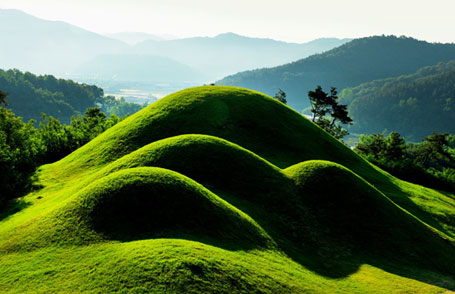
Picture3. View of Jisandong Tumuli, Goryeong
Relics
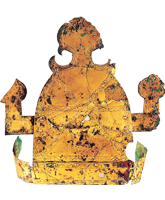
Tomb no. 32 Gilted Gold Crown
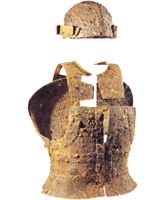
Tomb no. 32 Helmet and Armored Clothes

Tomb no. 45 Gold Ear Rings
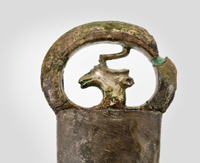
Tomb no. 73 Big Sword
